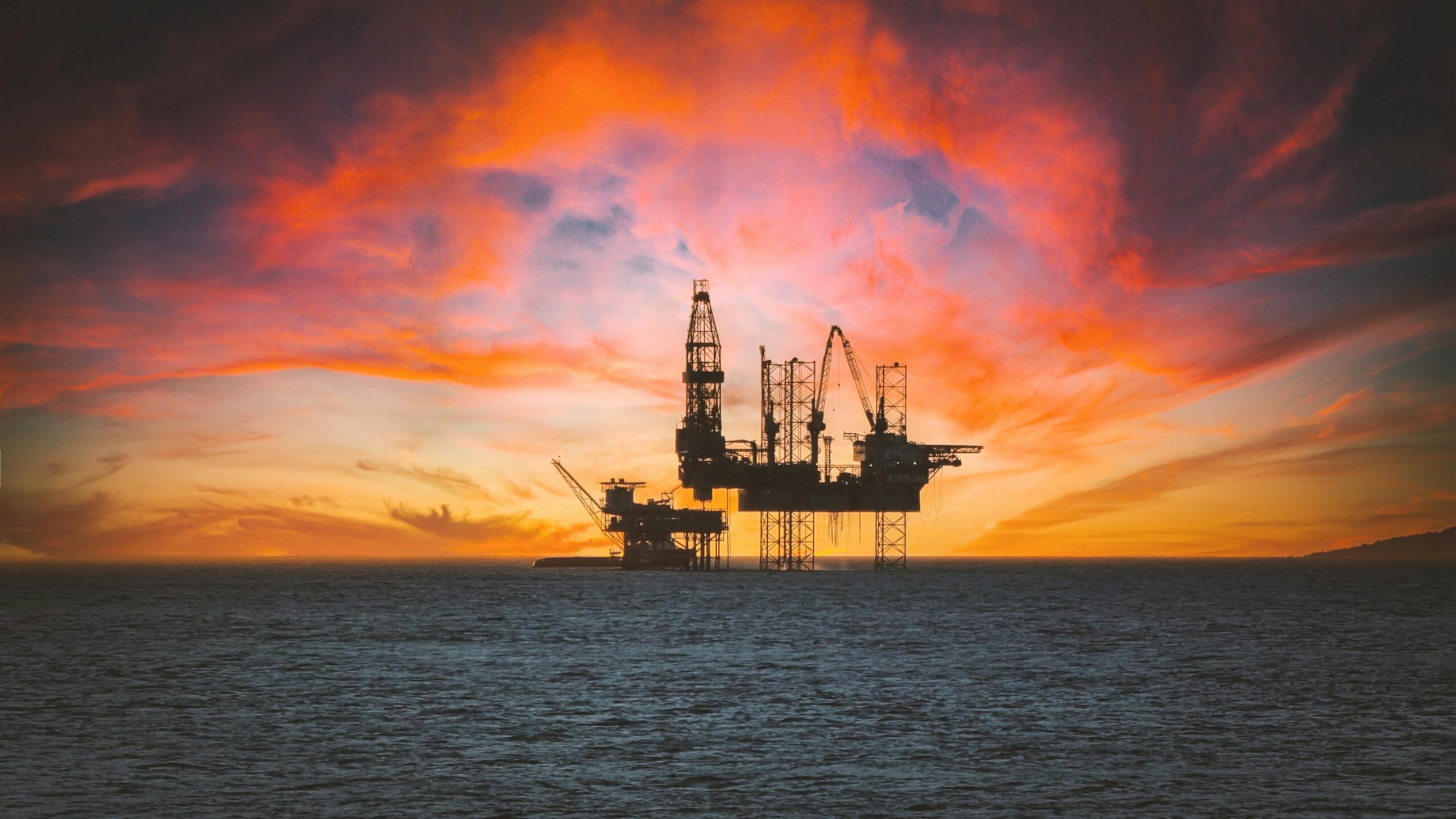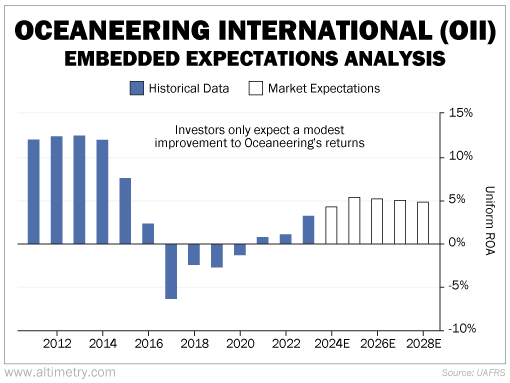Editor's note: The markets and our offices are closed on Thursday for the Fourth of July. Because of this, we won't be publishing Altimetry Daily Authority. Please look for your next edition on Friday, July 5.
On behalf of all of us at Altimetry, we wish you a safe and happy Independence Day.
 The 'Night of the Caper's' fate rested on a $40,000 tube, a robot submarine, and a piece of rope...
The 'Night of the Caper's' fate rested on a $40,000 tube, a robot submarine, and a piece of rope...
It was two months after oil driller BP's Deepwater Horizon well exploded... and the pipe on the seafloor was still gushing oil and gas into the Gulf of Mexico.
At the Woods Hole Oceanographic Institution ("WHOI"), scientists wanted to learn exactly how much oil spilled versus natural gas... and where it all was washing up.
Its mission was simple. Government officials wanted a pure, undiluted sample of the petroleum spewing out of the Deepwater Horizon's broken pipe at the bottom of the sea.
There was only one problem – they couldn't get anywhere near the Deepwater Horizon.
Response crews were worried about letting the scientists near an active spill site. Only ships that were critical for cleanup operations were allowed in the "exclusion zone."
WHOI had already been denied access about a month earlier. But then, they got an unexpected call from the Coast Guard...
They had 12 hours to get in, collect their sample, and get out.
Researchers Rich Camilli, Chris Reddy, and Sean Sylva took a speedboat to the Ocean Intervention III.
Then, they teamed up with Oceaneering International (OII) for a mission they dubbed "The Night of the Caper"...
 Oceaneering specializes in underwater technology...
Oceaneering specializes in underwater technology...
Specifically, it deals with remotely operated vehicles ("ROVs") like drones and submersibles.
The scientists brought aboard state-of-the-art isobaric gas-tight samplers ("IGTs") – pressurized tubes that can capture a petroleum sample deep underwater and bring it back to the surface without exploding.
Standing on a ship anchored between two burning lakes of natural gas, the two teams stuck the $40,000 IGTs in an ROV's claw. Then they started to lower them toward the sea floor...
The first attempt was a near-disaster. The ROV lost power, and the claw let go of the IGTs. They couldn't even use the ROV's cameras to see what happened.
Luckily, the Oceaneering team knew the claw wasn't ideal for holding a small tube. They'd also tied the IGTs to the vehicle with some spare rope... so they were able to recover them.
With only enough time for one more dive, the vehicle slowly dropped back down. This time, it started transmitting data back to the ship. And the WHOI researchers got their sample.
 If it weren't for Oceaneering, WHOI likely wouldn't have pulled off The Night of the Caper...
If it weren't for Oceaneering, WHOI likely wouldn't have pulled off The Night of the Caper...
And Oceaneering's vehicles aren't just used during emergencies. They're critical for daily operations in offshore drilling, too.
The offshore-drilling rig industry has been far quieter since the Deepwater Horizon debacle. But the past few years have been its best in a decade. It's expected to grow 7% per year over the next 12 years.
Investors expect Oceaneering's returns to improve somewhat as offshore drilling bounces back. However, they don't expect the business to come anywhere close to its previous highs.
We can see this through our Embedded Expectations Analysis ("EEA") framework.
The EEA starts by looking at a company's current stock price. From there, we can calculate what the market expects from future cash flows.
We then compare that with our own cash-flow projections.
In short, it tells us how well a company has to perform in the future to be worth what the market is paying for it today.
Oceaneering's Uniform return on assets ("ROA") was above 10% from 2011 to 2014, when offshore drilling was at its peak. It then fell below breakeven (around 5%), where it has sat ever since.
And while investors are pricing in a small improvement, they still barely expect returns to crack that 5% level. Take a look...
 We don't expect another 2015-style plunge in oil prices anytime soon...
We don't expect another 2015-style plunge in oil prices anytime soon...
That was caused by an extreme oversupply of crude oil.
Since then, energy demand has only increased. The U.S. is no longer satisfied with letting other countries control the world's oil and gas supply... not after Russia invaded Ukraine and upset the entire market.
This is the biggest boom in U.S. energy in over a decade. If offshore drilling gets back to 2014 levels, so should Oceaneering's business.
Regards,
Rob Spivey
July 3, 2024



 The 'Night of the Caper's' fate rested on a $40,000 tube, a robot submarine, and a piece of rope...
The 'Night of the Caper's' fate rested on a $40,000 tube, a robot submarine, and a piece of rope...


